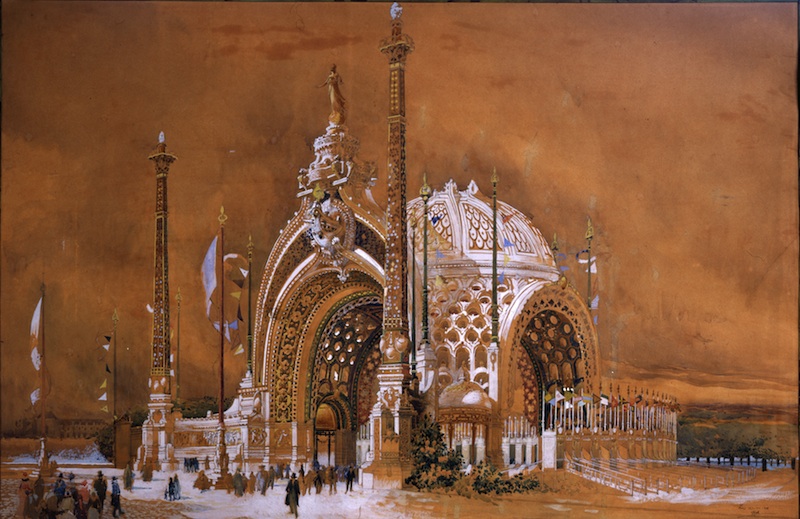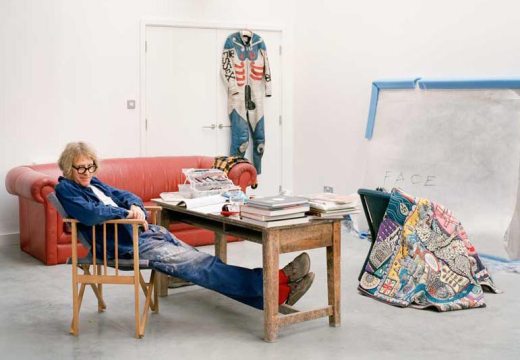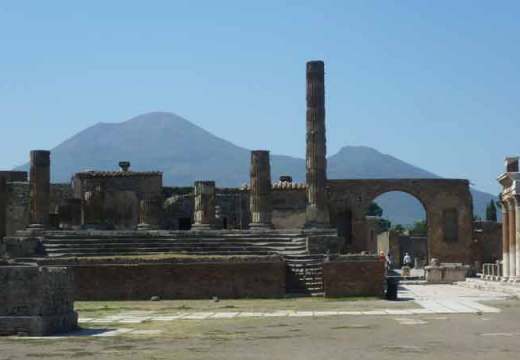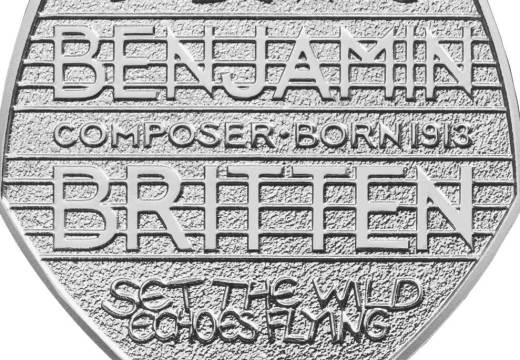In Apollo’s current April issue we spoke to Christophe Leribault, director of the Petit Palais about the exhibition ‘Paris 1900’, which opens today.
Click here for a gallery of highlights from ‘Paris 1900’
What were the main challenges facing the Petit Palais when you took on the directorship in 2012?
The Petit Palais is a wonderful building, designed by Charles Girault in 1900, with a very good collection and a superb location near the Champs-Élysées. But people often think it’s just a temporary exhibition space like the Grand Palais. There have been so many exhibitions not connected to the collection – on Mexican or Chinese art, for example. They were glamorous exhibitions, but we now want to do things that take the collection as their starting point. It deserves to be better known.
How are you planning to achieve that?
We need to focus on the building and its architectural opportunities. The museum is split over two levels, so we have a range of very different spaces. The majority of visitors know only the upper level, and not what they think of as the basement – which has works by Rembrandt and Courbet among others. So we’re trying to rearrange the collection to encourage more people into the lower level, with improved wall colours, better lighting and so on. Our major exhibitions will have linked displays in the permanent galleries, with works drawn from the collection. For Jordaens at the end of last year, we had a display downstairs of prints by Van Dyck and Rubens. ‘Paris 1900’ will have a supplementary trail of works we’ve hung from storage, many of them unknown. I want us to expand what we can do based on what we already have.
‘Paris 1900’ looks like it will make a grand statement. What was the thinking behind the exhibition? And what distinguishes this show from other surveys of the period?
There’s never actually been a large exhibition on this subject in Paris! We want to look at the image of the Belle Époque to think about how Paris promoted itself at the time. We know that 14 years later a whole way of life was destroyed; but in 1900 everyone thought they were living in a period of great luxury and possibility. And this is how Paris wanted to present itself at the Exposition Universelle that year. The whole event was a type of aestheticised marketing: there were already a few guidebooks for foreign visitors to Montmartre; and in the Exposition Universelle there were reconstructions of cabarets from Montmartre near the Petit Palais. One of the best symbols of this municipal promotion was the figure above the Porte Monumentale built for the 1900 exhibition on the Place de la Concorde: not a personification of Liberty or the Republic, but La Parisienne.
And it paid off, didn’t it?
More than 50 million visitors came that year, well above the population of the entire country. It was done for a very large public. The 1889 exhibition had been about the triumph of engineering, with the Eiffel Tower – and it was very political, as the centenary of the Revolution. But in 1900, Paris was the world’s capital of art and pleasure. ‘Paris 1900’ recaptures some of the atmosphere, although we do want to keep things in order: the exhibition will be broken down into six pavilions, including sections on the fine arts, art nouveau and fashion besides the Exposition Universelle. Above all, it’s about spectacle. The fine arts section, for instance, will recreate the type of hang from the time, with paintings crowded frame to frame, and sculpture in the centre. We’ll be mixing a lot of works, juxtaposing Impressionism and Symbolism with the academic tradition.
How does ‘Paris 1900’ tie in with the Petit Palais building itself?
The building was constructed for the Exposition Universelle – as a space to display French art from its origins until the 19th century. But it was always going to be converted into a museum of fine art, which is why it was built in stone, steel and even concrete, with a lot of decoration. The building reopened as a museum in 1902 and was quite empty at first – until the Dutuit brothers bequeathed a huge collection of Old Master paintings, antiquities and many other things that filled the museum. The Petit Palais is Paris’s fine arts museum, but it’s really connected to the taste of a handful of collectors.
What plans do you have for the permanent collection of the Petit Palais, and how are you looking to strengthen it?
We’ve got a lot of conservation work to do: on large canvases that have long been rolled up, on the sculpture collection. But we’re also looking to acquire striking works by lesser-known artists. Since I’ve been director, we’ve acquired a wonderful marine scene by Octave Penguilly L’Haridon and an unusual portrait by Paul Delaroche, showing his infant son with a large dog. The plan isn’t to fill the gaps, but to insist on what’s surprising about the collection: the Greek antiquities; the Dutch and Flemish paintings; and works from around 1900, of course. It’s a rather strange collection, with very few Italian paintings to speak of – but then the Louvre is next door!
‘Paris 1900’ is at the Petit Palais, Paris, from 2 April–17 August 2014.
Click here for a gallery of highlights from ‘Paris 1900’.
Unlimited access from just $16 every 3 months
Subscribe to get unlimited and exclusive access to the top art stories, interviews and exhibition reviews.














![Masterpiece [Re]discovery 2022. Photo: Ben Fisher Photography, courtesy of Masterpiece London](http://www.apollo-magazine.com/wp-content/uploads/2022/07/MPL2022_4263.jpg)
It’s time for the government of London to return to its rightful home